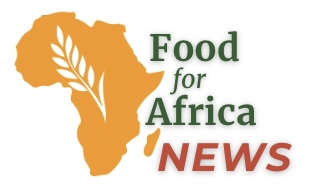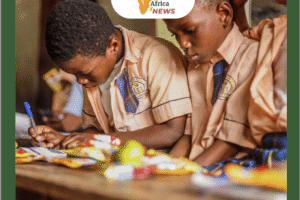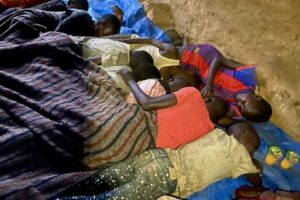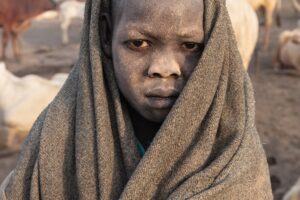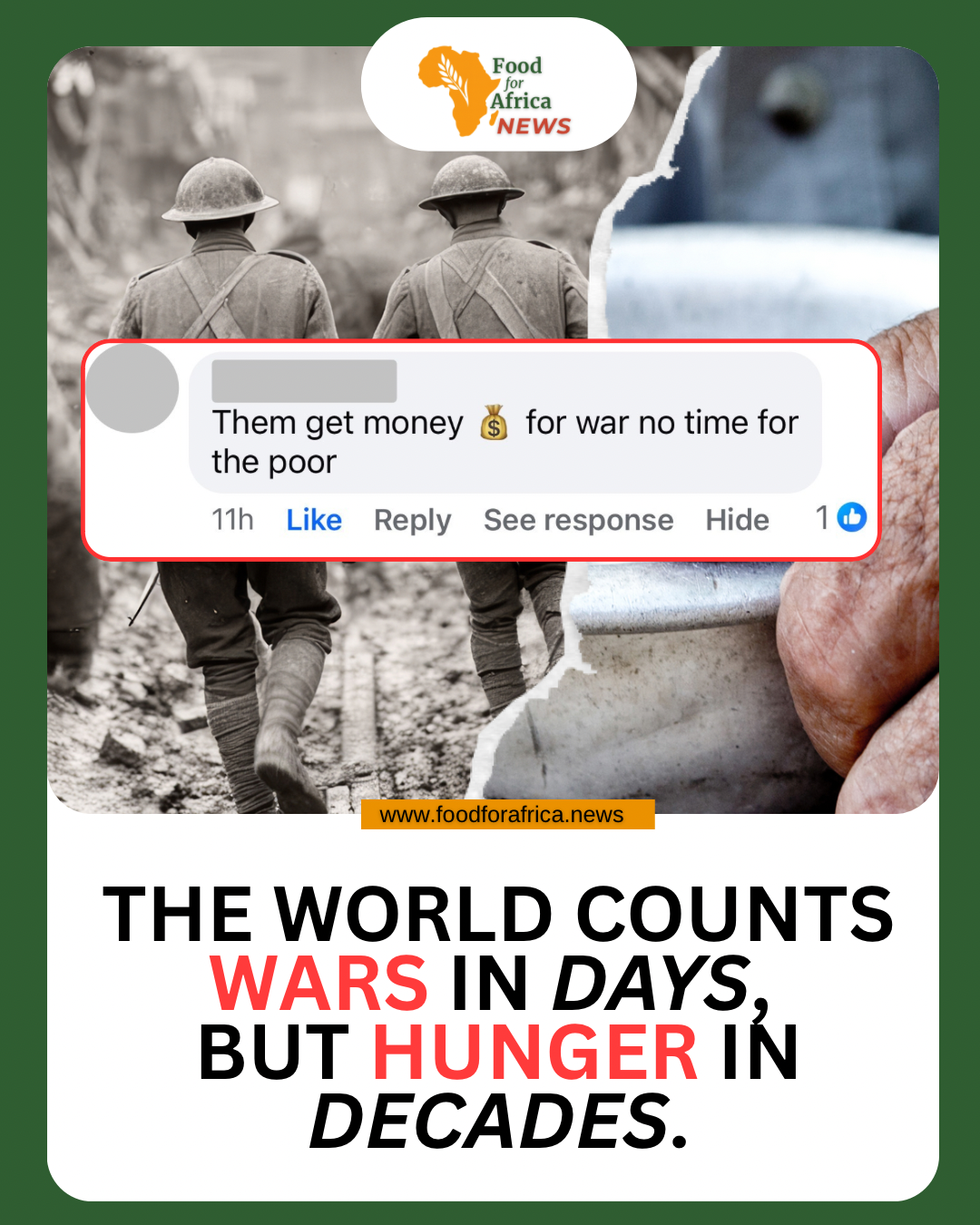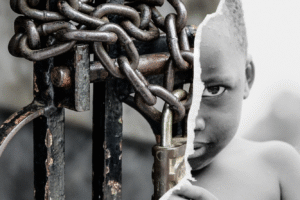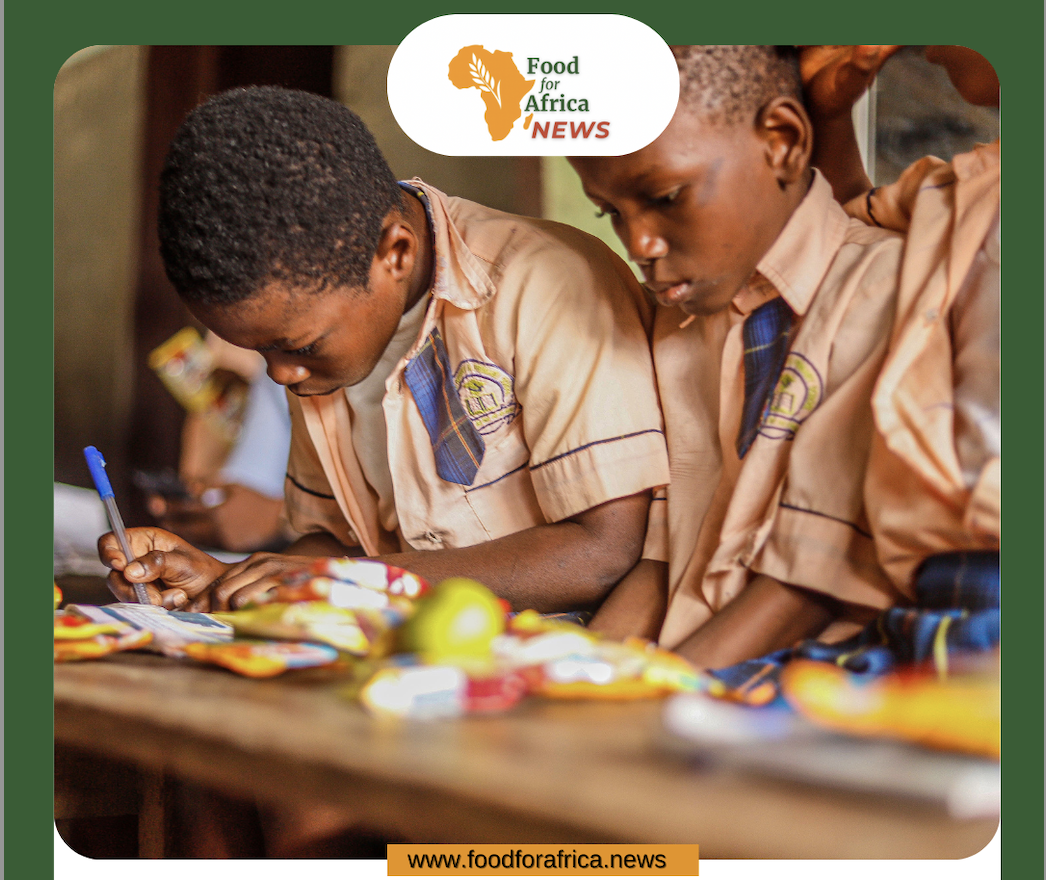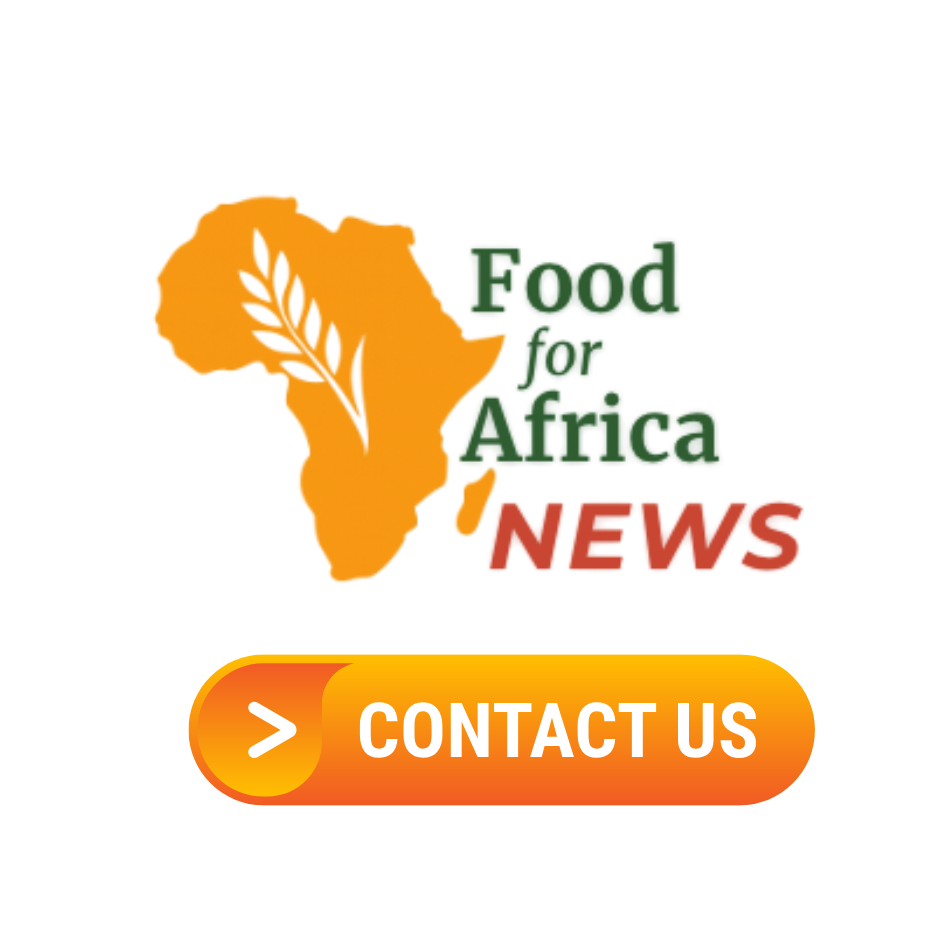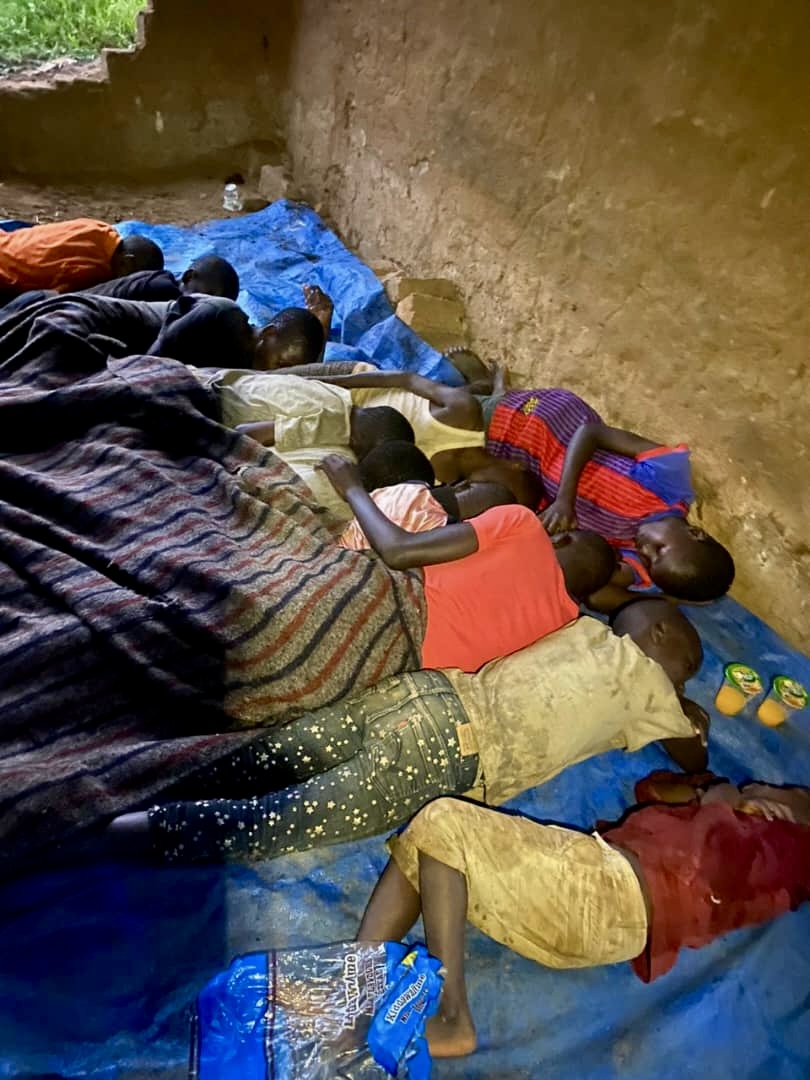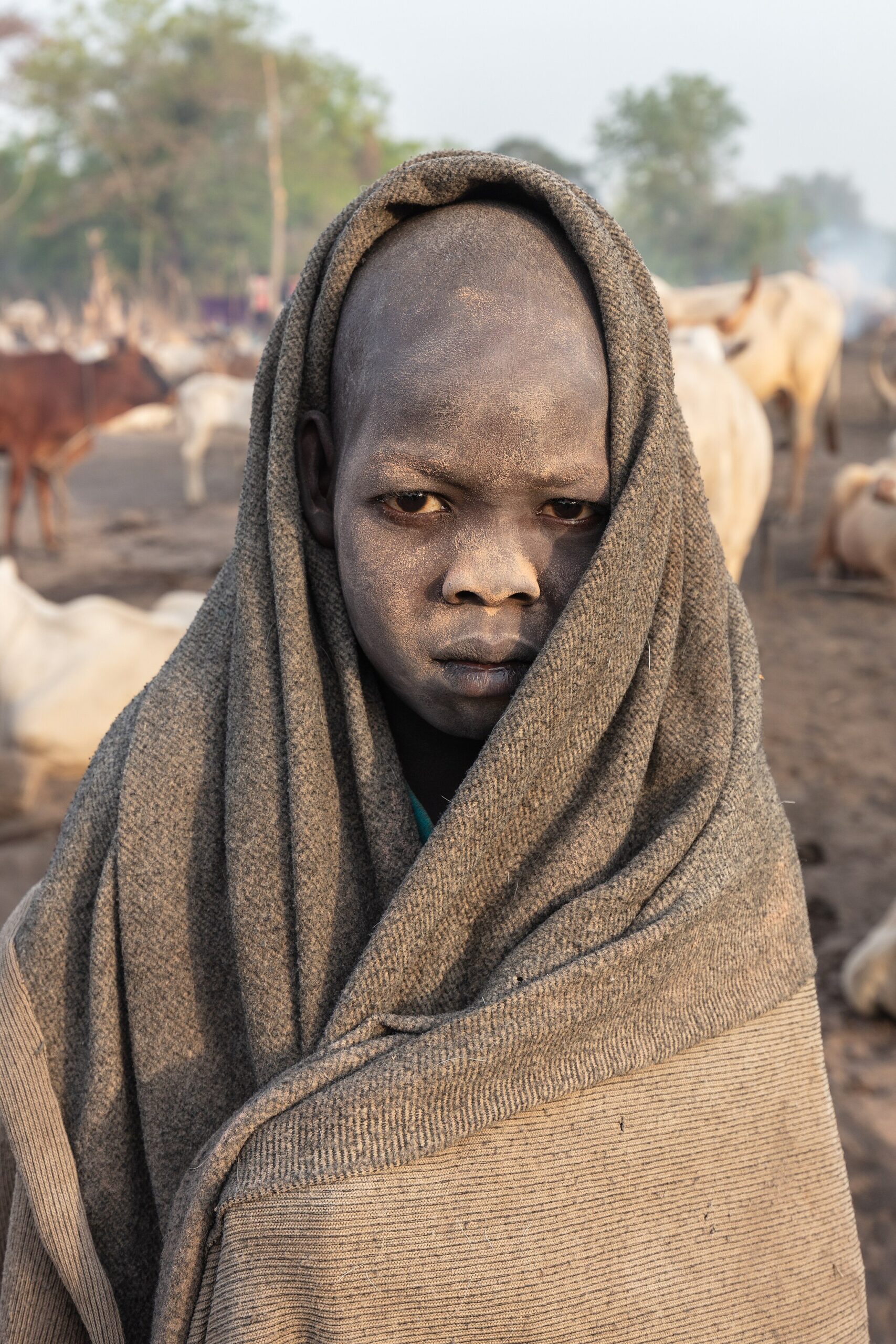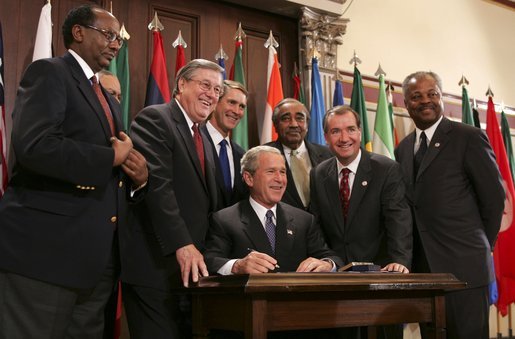In Malawi’s Mzimba district, Mwanasha no longer wonders if her children can learn on empty stomachs. Each morning she watches them walk to the free school nearby, where a plate of food waits alongside their lessons. For her family, that daily meal is both nourishment and opportunity.
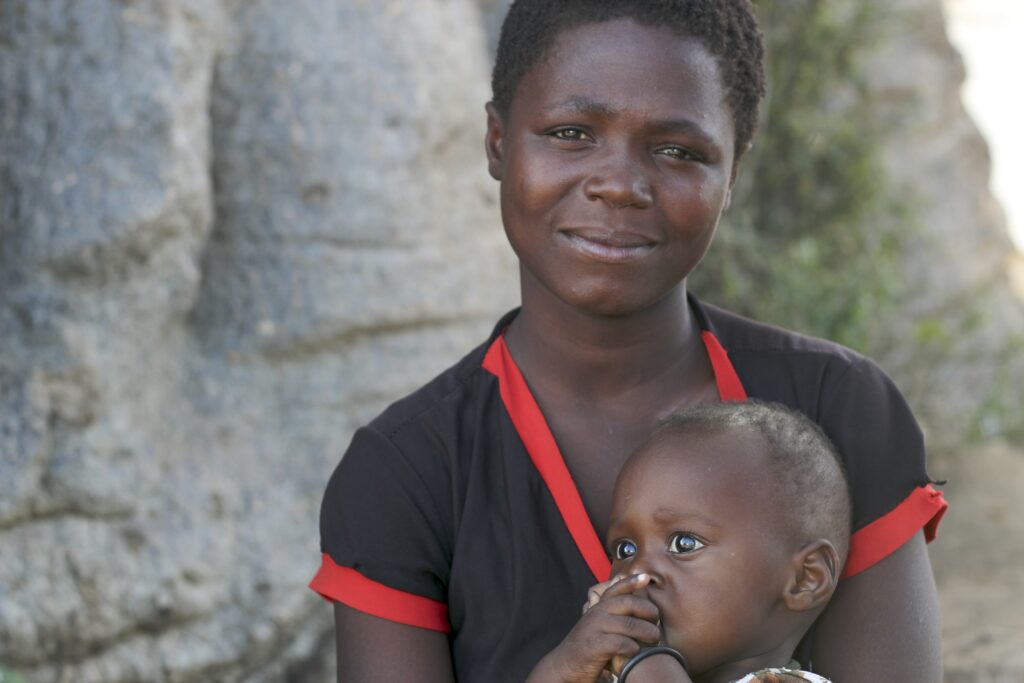
Photo attribution: Lindsay Mgbor DFID – UK Department for International Development, CC BY 2.0
This scene is being repeated across much of Africa. Between 2022 and 2024, governments in Sub-Saharan Africa added 20 million more children to school feeding programs, raising the total to 87 million. Countries like Ethiopia, Rwanda, Madagascar, and Chad have expanded coverage dramatically, in some cases by six times, proving that education and food security can move forward together.
In Malawi, the expansion is visible in rural communities. The WFP Malawi Office reports that under its Home Grown School Feeding program, 837,500 children in 778 schools now receive daily meals, bought from around 35,000 local smallholder farmers. Earlier evaluations showed the school meals program reduced absenteeism by 5 percent and dropped dropout rates by nearly 3 percent in participating schools.
Other countries are finding creative ways to support these programs. In Kenya, school meals coverage rose to 2.6 million children last year from 1.8 million the year before. Some schools now grow food on site or buy directly from local farmers so the meals support local economies. In West Africa, home grown feeding has linked local agriculture with classrooms, ensuring that farmers find markets while children find food.
Challenges remain. Some poor or conflict affected regions see little or no school meal access. Funding, logistics, and political will often fall short.
In Malawi’s recent election, Peter Mutharika was sworn in as president with more than 56 percent of the vote. He takes office at a time of high food prices, shortages, and public demand for stronger governance. In his inaugural speech, he promised to fight corruption, stabilize the economy, and work with international partners. Observers note that school meal programs could play a larger role in the new government’s plan. Because they combine education, food security, and support for farmers, they may appeal as practical and visible policies.
For Mwanasha and many parents across regions hit by hunger, a full plate at school is more than food. It is proof that their children can learn, grow strong, and hope for more than survival. A classroom cannot teach if a child is too hungry to listen, and school feeding programs are showing that the answer is simple: when children eat, they learn. Across Africa, millions now sit down to both lessons and a meal, proving that no child should have to face the question of whether education is possible on an empty stomach.
FACT BOX: School Meals and Hunger
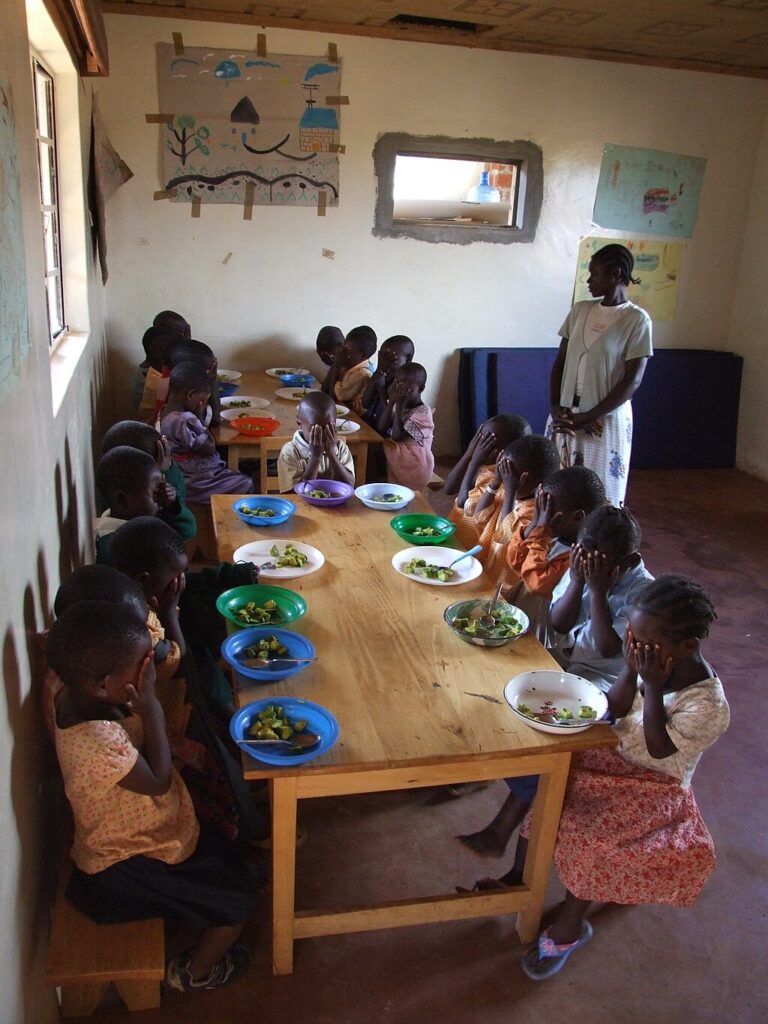
87 million children in Sub Saharan Africa now receive school meals (2024). 20 million more added since 2022.
Malawi: 837,500 children fed in 778 schools. Program buys food from 35,000 local farmers. Absenteeism down 5 percent. Dropout rates down nearly 3 percent.
Kenya: school meals coverage rose to 2.6 million children in 2024, up from 1.8 million in 2023.
Photo attribution: Nicor, CC BY-SA 3.0 https://creativecommons.org/licenses/by-sa/3.0, via Wikimedia Commons
West Africa: home grown school feeding programs link local farmers to classrooms, boosting local markets while feeding students.
Global hunger: more than 300 million people in Africa faced hunger in 2024, about one in five people on the continent.
Sources
World Food Programme. WFP report: 20 million more children in Sub Saharan Africa now receive government led school meals. 2025. Available at: https://www.wfp.org/news/wfp-report-20-million-more-children-sub-saharan-africa-now-receive-government-led-school-meals
World Food Programme. School Feeding Programme Factsheet, Malawi. 2021. Available at: https://www.wfp.org/publications/2021-school-feeding-programme-factsheet-wfp-malawi-may-2021
Centre of Excellence, WFP Malawi. School feeding programs in Malawi: 837,500 children in 778 schools receiving daily meals from smallholder farmers. 2023. Available at: https://centrodeexcelencia.org.br/en/centro-de-excelencia-acompanha-lancamento-do-plano-de-escala-da-alimentacao-escolar-no-malawi
Reuters. Africa feeding 20 million more children with school meals, WFP says. 2025. Available at: https://www.reuters.com/world/africa/africa-feeding-20-million-more-children-with-school-meals-wfp-says-2025-09-10
World Food Programme. Feeding the future: Africa surges ahead on school meals. 2024. Available at: https://www.wfp.org/stories/feeding-future-africa-surges-ahead-school-meals
World Food Programme. Home Grown School Feeding in West Africa: A Landscape Analysis. 2024. Available at: https://www.wfp.org/publications/home-grown-school-feeding-west-africa-landscape-analysis
Reuters. Malawi’s Mutharika sworn in for second term as president. 2025. Available at: https://www.reuters.com/world/africa/malawis-mutharika-sworn-second-term-president-2025-10-04
AP News. Peter Mutharika sworn in as Malawi president in political comeback. 2025. Available at: https://apnews.com/article/23ca3ea49c9fce6f3564af5e2a86bb16
Wikipedia. 2025 Malawian general election and Peter Mutharika’s presidency. Available at: https://en.wikipedia.org/wiki/2025_Malawian_general_election
FAO. Hunger Hotspots 2025. Available at: https://www.fao.org/documents/card/en/c/cc7895en
UNESCO Institute for Statistics. Out of School Children Data. Available at: http://uis.unesco.org/en/topic/out-school-children-and-youth
World Bank. Returns to Investment in Education. Available at: https://www.worldbank.org/en/topic/education/publication/returns-to-investment-in-education
Modern Ghana. Free SHS Policy Overview. Available at: https://www.modernghana.com/news/833284/free-senior-high-school-education-in-ghana-policy.html
Onebillion / Financial Times. Malawi BEFIT Initiative. Available at: https://onebillion.org/projects/befit-malawi and https://www.ft.com/content/6cdd8b8a-fbbd-11e9-a354-36acbbb0d9b6
Vodafone Foundation. Instant Schools for Africa. Available at: https://www.vodafone.com/sustainable-business/digital-society/instant-schools
UNICEF. Education and Nutrition Study, Ethiopia. Available at: https://www.unicef.org/esa/reports/linking-education-and-nutrition-ethiopia
